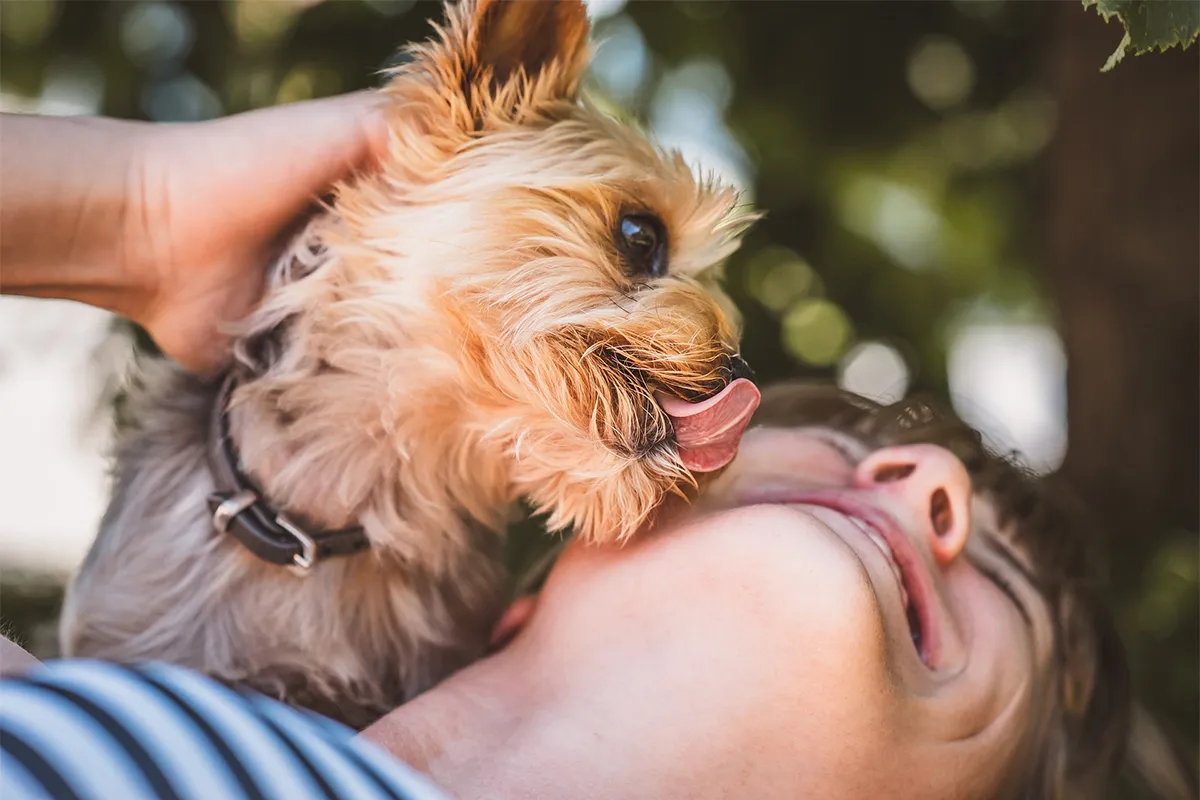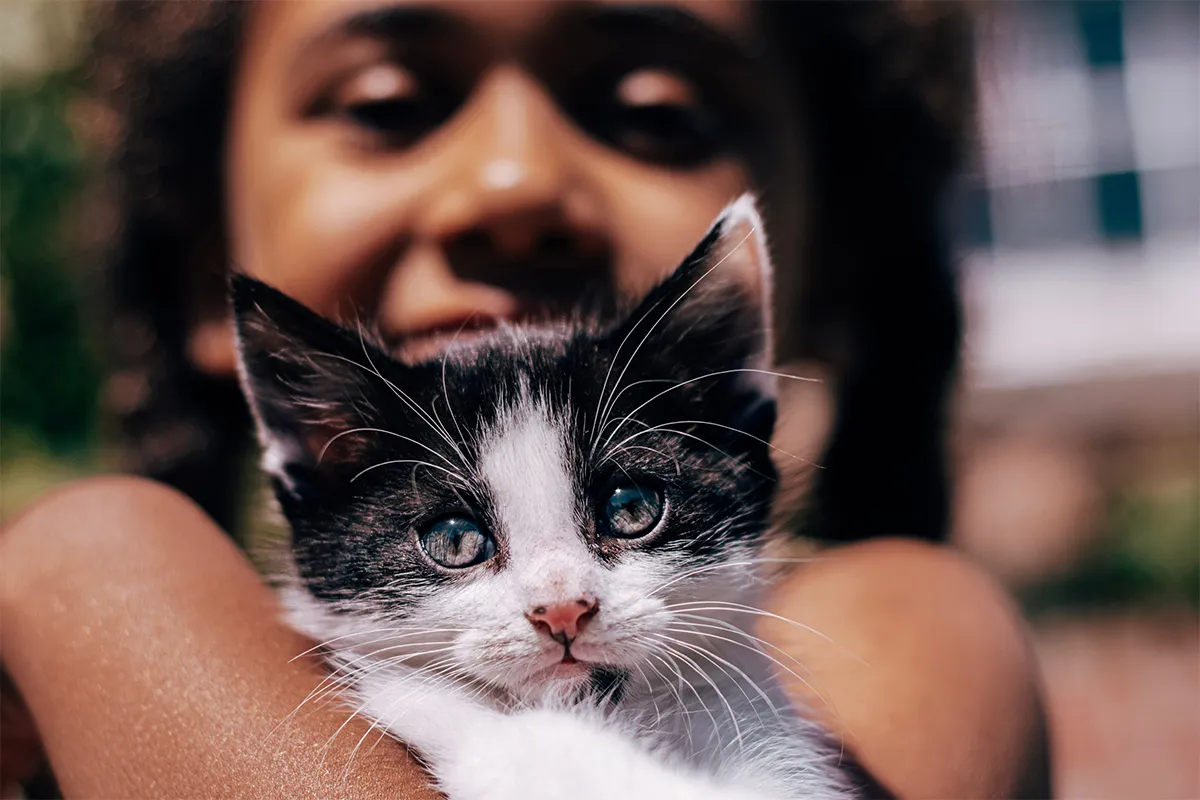Table of Contents:
- Afghan Hound – The Independent Thinker
- Siberian Husky – The Arctic Explorer
- Basset Hound – The Relentless Tracker
- West Highland White Terrier – The Persistent Bark
- Basenji – The Ancient Hunter
- Dachshund – The Little Hunter
- Bulldog – The Short and Determined
Afghan Hound – The Independent Thinker

Dogs and their owners share a unique bond and relationship. At times, they can be the most loyal and devoted companions one could have, trained or not. However, there are certain breeds that have a notorious reputation for being hard to train, even for the most experienced professional dog trainers. This difficulty can stem from stubbornness, independent thinking, or specific behavioral traits ingrained in their lineage, making training a challenging task. For example, breeds originally bred for hunting may be more focused on tracking scents and less inclined to be easily distracted by their owners. Therefore, researching the right breed for you is essential. If you don’t mind the training struggle, any breed can be a suitable companion. But if you wish to avoid the stubborn breeds, this list is for you.
Siberian Husky – The Arctic Explorer
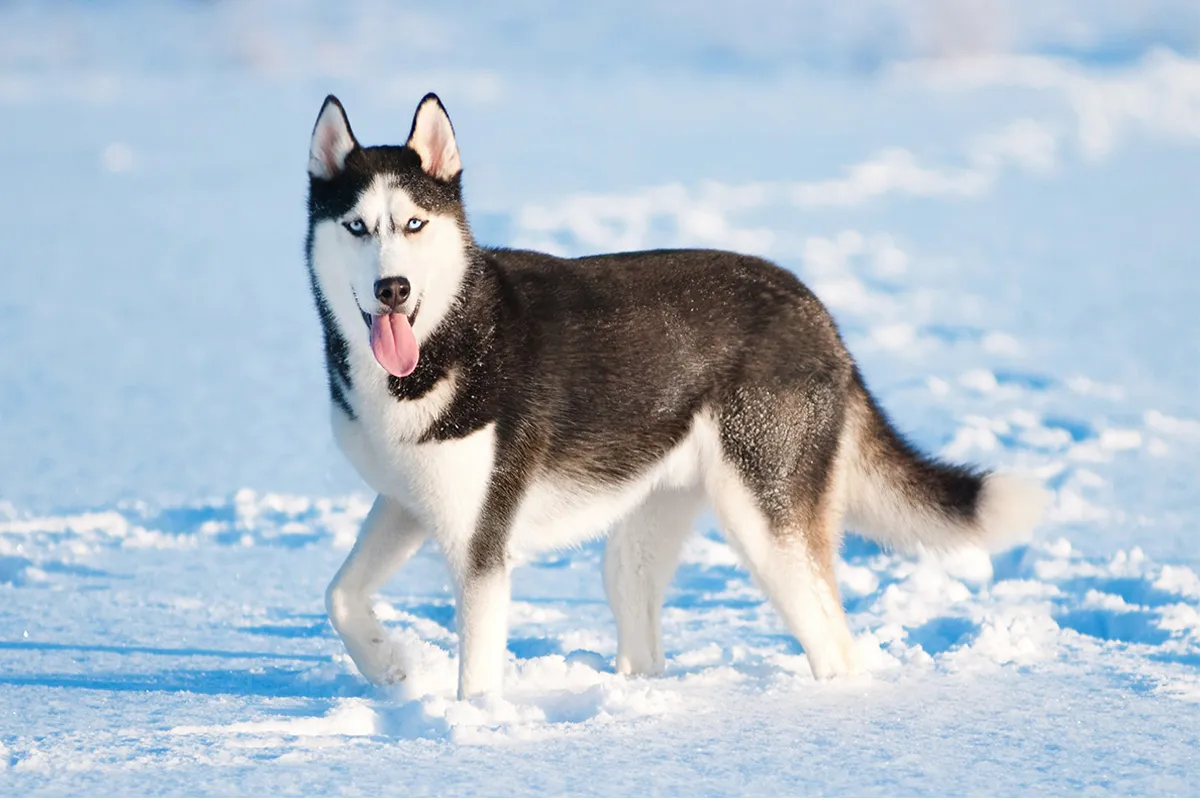
Originating in the northeastern regions of Siberia, Russia, the Siberian Husky was originally bred as a hunting dog. With its thick double coat designed to protect it from harsh weather conditions, the Siberian Husky quickly gained popularity in arctic regions, where it was used as a sled dog. Due to their history as working dogs, Huskies may assume an alpha role, so establishing authority is crucial. Firm discipline is important in their training, along with rewarding good behavior. Huskies tend to jump, chew, dig, and nip, behaviors that need to be corrected from the beginning. With proper and consistent training, the Siberian Husky can be an excellent family dog.
Basset Hound – The Relentless Tracker
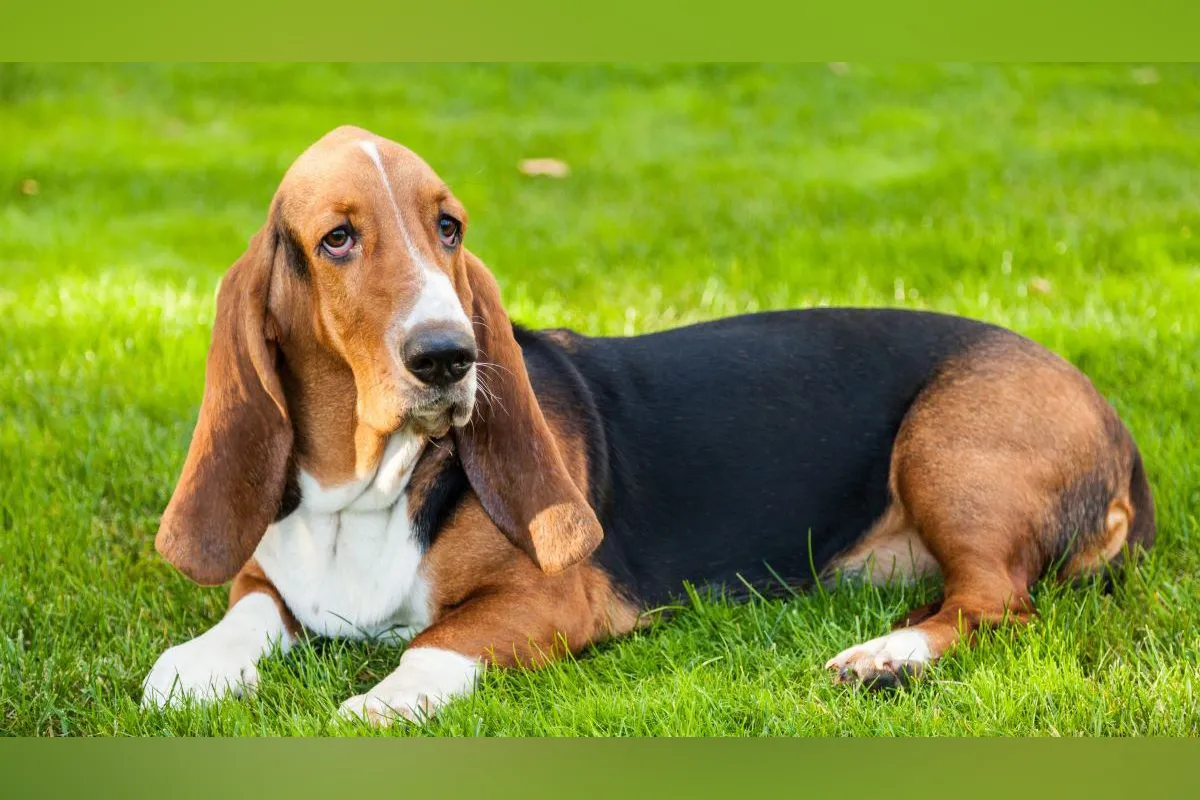
Basset Hounds were originally bred for hare hunting in England and France. They excel at tracking scents and are incredibly focused when they do so. Known for their independent thinking and stubborn nature, Basset Hounds can be a handful to train. Training a Basset Hound requires a lot of patience, and the trainer must assert authority. They also need socialization to get along with other people and dogs. Proper socialization can help mitigate some of the challenges in training. Professional trainers may be the best option for tackling the Basset Hound’s training.
West Highland White Terrier – The Persistent Bark
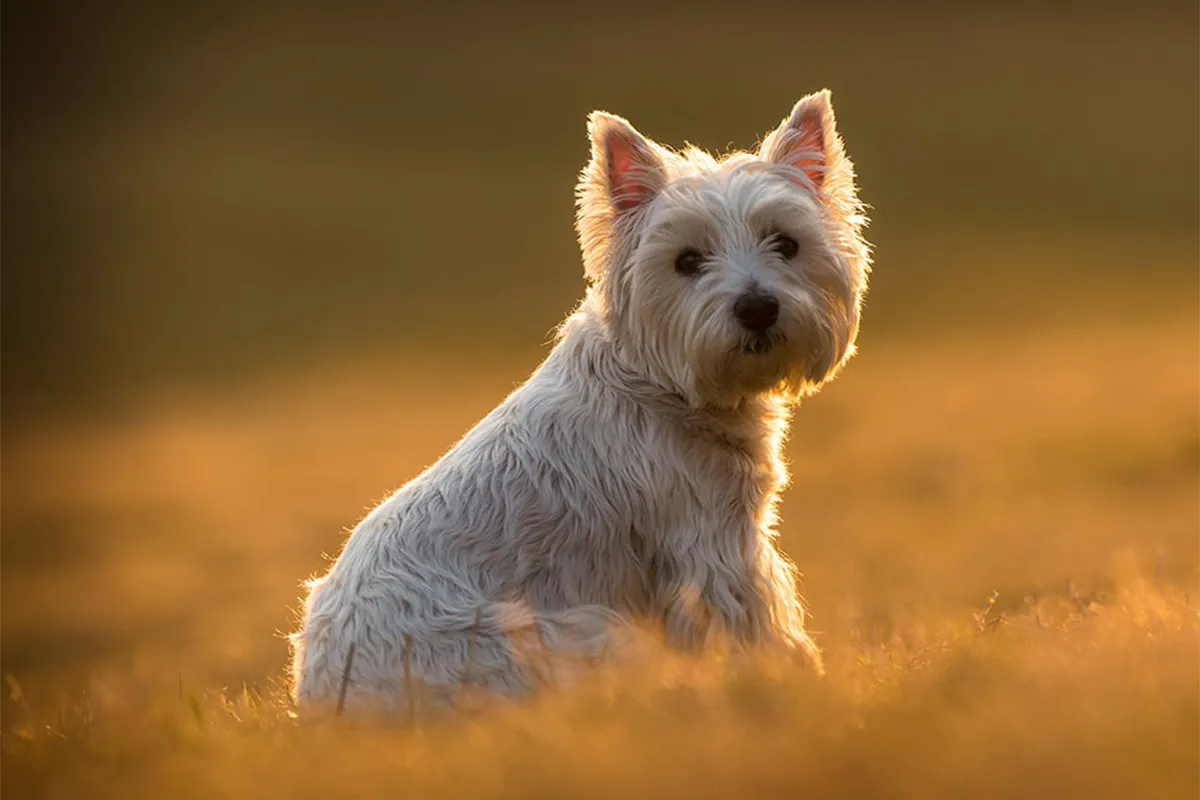
The West Highland White Terrier, often referred to as the “Westie,” originated in Scotland in the 20th century and remains popular in the UK and the United States. These small dogs are intelligent, independent, and stubborn. Crate training is a good idea for Westies, providing them a safe and comfortable place to rest when they are not being entertained. Due to their small size, house training can be a challenge, requiring consistency and rewards. Obedience training should not be limited to formal sessions but reinforced throughout the day. Westies are known to bark a lot, so teaching the “quiet” command early on is essential. With consistent training, Westies can be great companions and wonderful family pets.
Basenji – The Ancient Hunter
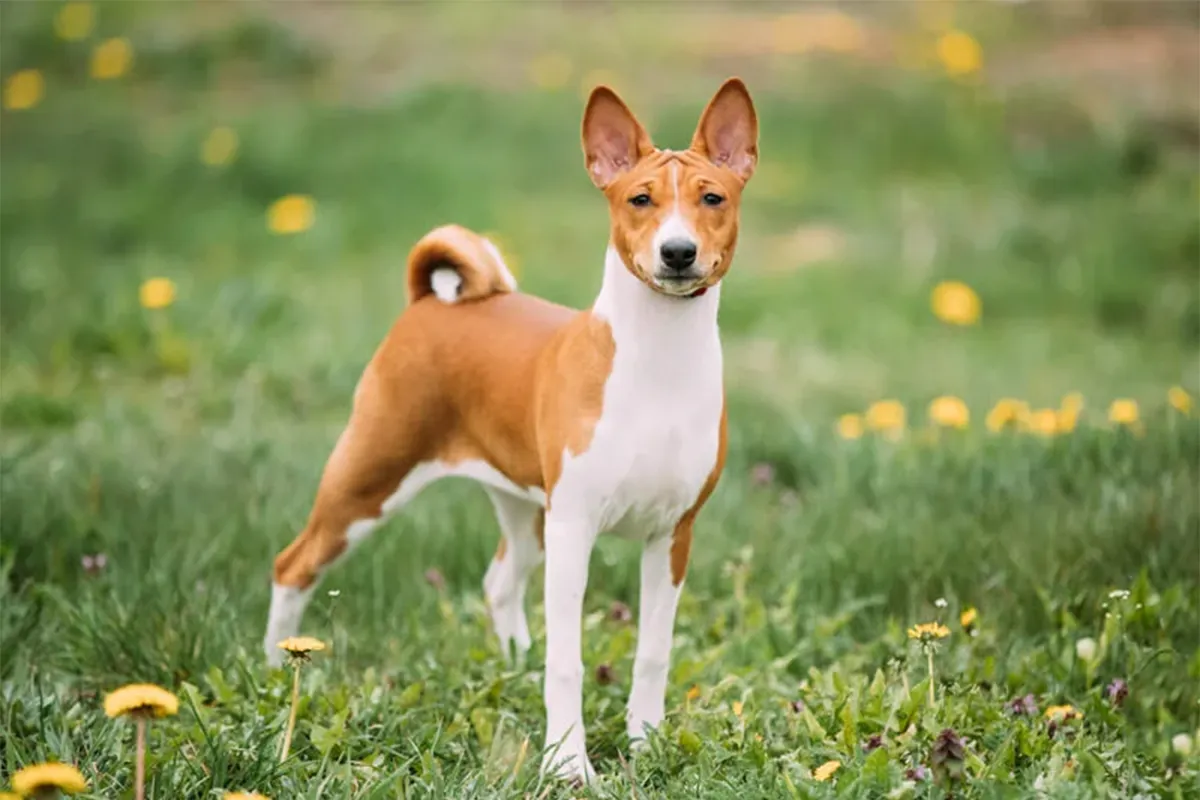
The Basenji is one of the oldest dog breeds, originally bred for hunting in Central Africa. Their short coat, perky ears, and curly tail give them a distinctive appearance. What makes this breed challenging to train is its history as a hunting dog and its tendency to become easily bored. The key to training a Basenji lies in immediate and consistent correction of undesirable behavior. Given their background as “sighthounds,” harsh punishments should be avoided, and positive reinforcement is crucial. Patience is a virtue when training a Basenji, and professional training or crate training may be necessary.
Dachshund – The Little Hunter
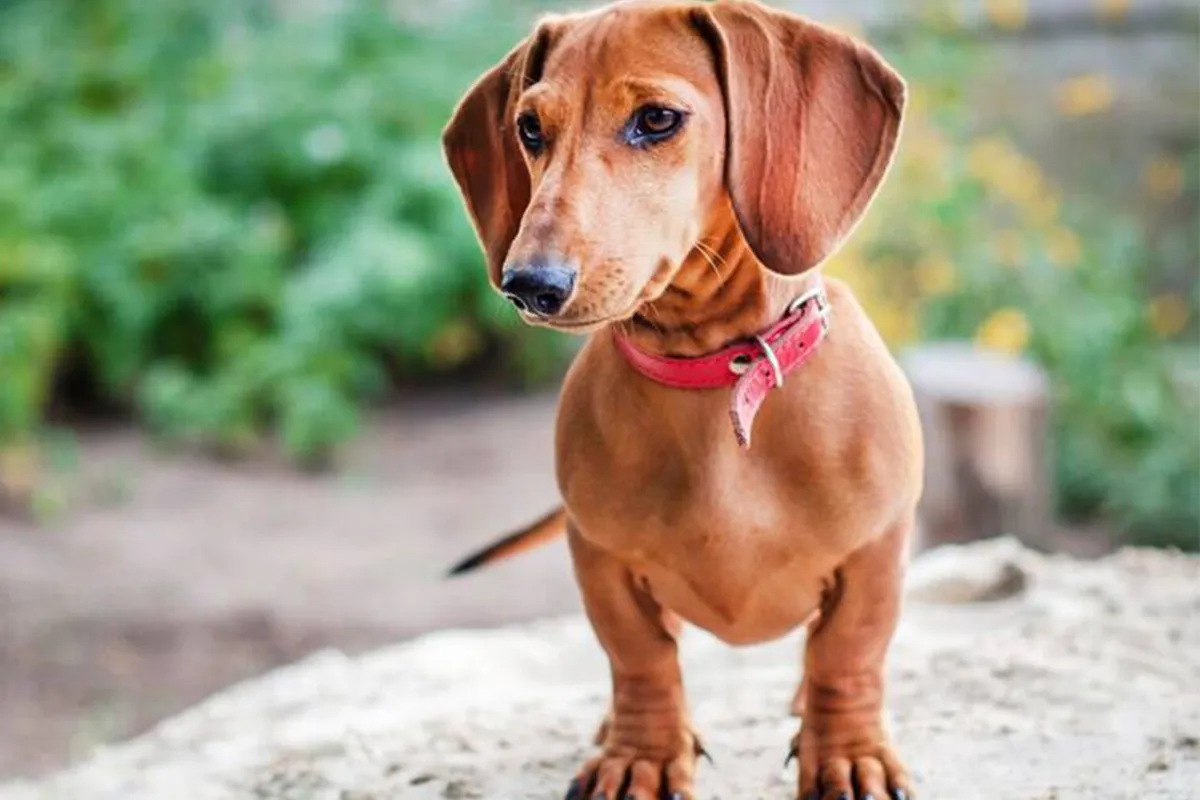
The German Dachshund is easily recognizable with its long body and short legs. Originally bred to hunt small animals in burrows, Dachshunds belong to the hound family. Like other hunting breeds, training them properly requires patience and consistency. Dachshunds are people-oriented, and establishing an authoritative relationship can make them eager to please. Positive reinforcement and calm, consistent commands are essential when training your Dachshund. Crate training works well with this breed, and it’s important to keep in mind their limited attention span, which makes multiple short training sessions per day effective.
Bulldog – The Short and Determined
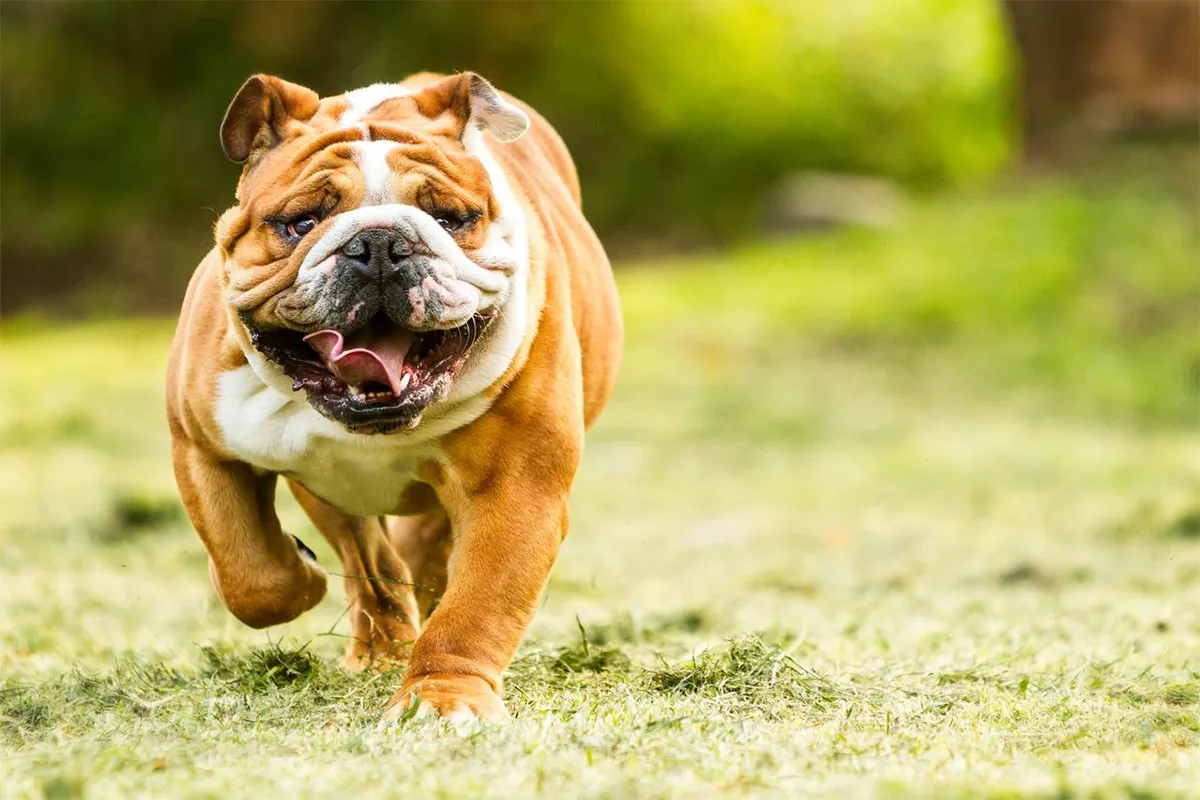
Bulldogs are known for their stubbornness and short attention span. Training should be short and enjoyable. Establishing authority is a must with this breed, and it’s best to start training early to avoid complications with their attitude. Bulldogs may appear tough but are gentle and have a friendly temperament. They crave attention and can be quite persistent in seeking it. They are well-suited for apartment living, especially for those who love watching TV. Just be cautious about them chewing on your furniture. Training these challenging breeds may require extra effort, patience, and sometimes the expertise of a professional dog trainer. Despite their stubbornness, with consistent training and positive reinforcement, these dogs can become wonderful companions and beloved family pets.

